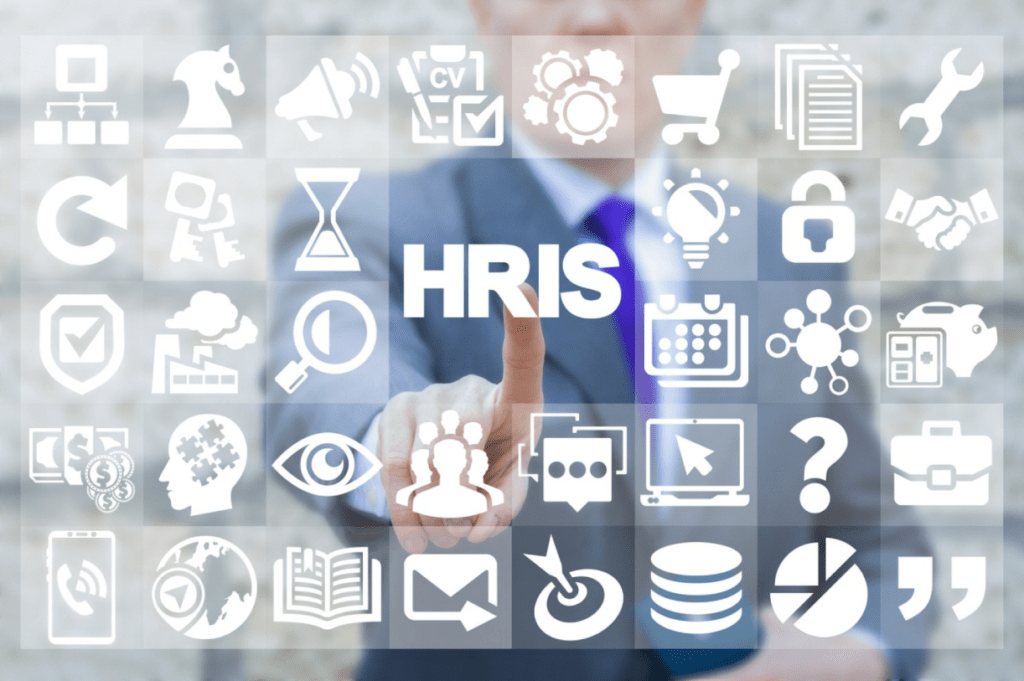
Human Resources (HR) is a critical function in any organization, responsible for managing the workforce, maintaining employee records, administering employee benefits, and handling employee-related issues. With the ever-increasing number of employees and the complexity of HR processes, it has become challenging for organizations to manage their HR activities manually. This is where a comprehensive HR Information System (HRIS) can come to the rescue.
In this blog post, we will discuss how implementing an HRIS system can streamline HR processes using a case study of a leading manufacturing company.
Background:
The manufacturing company had over 1,500 employees, and the HR department was responsible for managing various HR activities, including attendance, payroll, employee benefits, and compliance. However, the HR processes were manual, time-consuming, and prone to errors. The company realized the need to automate its HR processes and decided to implement a comprehensive HRIS system.
Challenges Faced:
Before implementing the HRIS system, the HR department faced several challenges, including:
- Manual Data Entry: The HR team had to manually enter data into spreadsheets, which was a time-consuming and error-prone process.
- Inaccurate Attendance Records: The HR team had to manually track attendance, which often resulted in inaccurate records.
- Compliance Issues: The HR team found it challenging to keep up with changing compliance requirements, resulting in potential legal and financial liabilities.
- Poor Reporting: The HR team struggled to generate reports on time, leading to delays in decision-making.
Solution:
The company implemented a comprehensive HRIS system that addressed all of its HR-related challenges. The HRIS system had the following features:
- Automated Data Entry: The HRIS system automated data entry, eliminating the need for manual data entry.
- Accurate Attendance Tracking: The HRIS system had a biometric attendance system that accurately tracked attendance records.
- Compliance Management: The HRIS system had an inbuilt compliance module that kept track of changing compliance requirements and ensured that the company was always compliant.
- Real-time Reporting: The HRIS system generated real-time reports, providing the HR team with the information they needed to make informed decisions.
Benefits:
The implementation of the HRIS system resulted in the following benefits for the company:
- Time-saving: The HRIS system automated several HR processes, resulting in significant time savings for the HR team.
- Accurate Records: The HRIS system accurately tracked attendance records, resulting in accurate employee data.
- Compliance Management: The HRIS system ensured that the company was always compliant with changing regulations, reducing the risk of legal and financial liabilities.
- Better Decision-making: The real-time reporting feature of the HRIS system provided the HR team with accurate and timely information, enabling them to make informed decisions.
- Increased Employee Satisfaction: The HRIS system had a self-service module that allowed employees to manage their own HR-related tasks, resulting in increased employee satisfaction.
Conclusion:
Implementing a comprehensive HRIS system can help organizations streamline their HR processes, resulting in significant time savings, accurate employee data, and better decision-making. The case study discussed in this blog post highlights how a manufacturing company benefited from the implementation of an HRIS system. If you are facing similar challenges in managing your HR processes, it’s time to consider implementing an HRIS system to improve your HR efficiency and employee satisfaction.






















